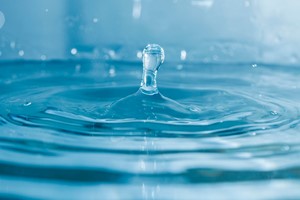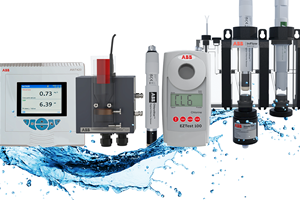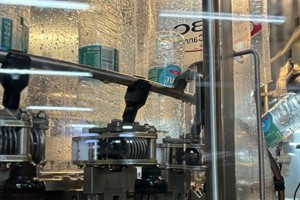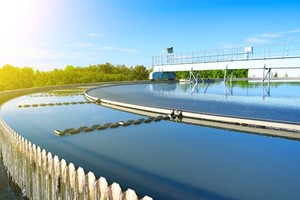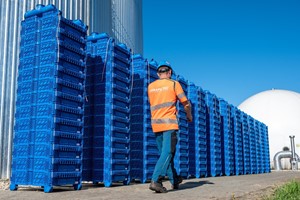Over the next decade, the UK water industry will increasingly focus on addressing micropollutants, subtle yet significant contaminants present in the nation’s waterways. These pollutants, including everything from prescription medicines to persistent industrial chemicals like PFAs (per- and polyfluoroalkyl substances), pose a hidden threat. While public attention has largely been on visible pollution, such as sewage in rivers, micropollutants represent a more insidious problem.
Micropollutants are found in trace amounts in water bodies but can accumulate over time. Although these substances are present in low concentrations, the combined effect—often called the “cocktail effect”—can lead to increased toxicity. Growing evidence suggests that prolonged exposure to micropollutants can be harmful to both human health and the environment.
Recognizing the seriousness of the issue, UK Water Industry Research (UKWIR) published 13 comprehensive reports last year, deepening the understanding of micropollutants’ scale and impact. Simultaneously, the European Union revised its Urban Wastewater Treatment Directive, which the UK continues to follow. The updated directive now imposes stricter requirements on both polluters and water companies to monitor and mitigate micropollutants.
As the UK enters Asset Management Period 8 (AMP8), water companies have a unique opportunity to address micropollutants head-on. Although these companies are not the primary source of such pollutants, they play a critical role in removing them from wastewater. Much of the funding in AMP8 is dedicated to upgrading wastewater treatment systems to comply with the Environment Act, with some already being directed toward pilot projects targeting micropollutants.
In response to this growing concern, several wastewater treatment plants, including those at Frankton, Itchen Bank, and Ludlow, have begun implementing ozone technology. This technology effectively removes various micropollutants, such as diclofenac, carbamazepine, benzotriazole, propranolol, and ibuprofen. Research, supported by data from operational plants in Central Europe, has shown that ozone, when applied in appropriate doses, can remove an average of 80% or more of these micropollutants from wastewater.
To achieve even higher removal rates, ozone treatment can be combined with adsorptive treatments like granular activated carbon (GAC), which can eliminate over 90% of micropollutants and the transformation products resulting from oxidation. Ozone is particularly advantageous as it is both highly effective and environmentally sustainable, targeting a wide range of micropollutants quickly and efficiently.
The Severn Trent pilot project, part of the ‘Green Recovery – Bathing Rivers’ initiative, is based on Europe’s first micropollutant removal plant in Neugut, Switzerland. Since its operation in 2014, Neugut has become a model for Switzerland’s nationwide micropollutant removal plan. Insights from Neugut have already led to the development of more efficient systems for ozone dose control and maintenance, with further optimizations in progress.
The Environment Agency is closely monitoring the results from Severn Trent and other pilot sites to develop new guidelines for micropollutant removal. The Severn Trent plants, designed as ‘plug and play’ installations, allow for the evaluation of optimal treatment solutions tailored to specific wastewater types. This approach facilitates both technical and economic assessments, paving the way for optimized full-scale installations.
The collaboration between Curio, Veolia Water Technologies & Solutions, and Severn Trent, along with innovative technologies, underscores a proactive approach to tackling what is likely to become an industry-wide priority. By investing in pilot projects like the one at Severn Trent, the UK water industry can develop, refine, and scale up tailored solutions across various sites, minimizing costs while ensuring compliance with future legislation.
As the UK water industry continues to adopt these technological advancements, it sets a strong precedent for sustainable water management practices. Through concerted efforts and ongoing collaboration, the vision of clean and safe waterways, free from harmful micropollutants, can be achieved—safeguarding this essential resource for generations to come.




